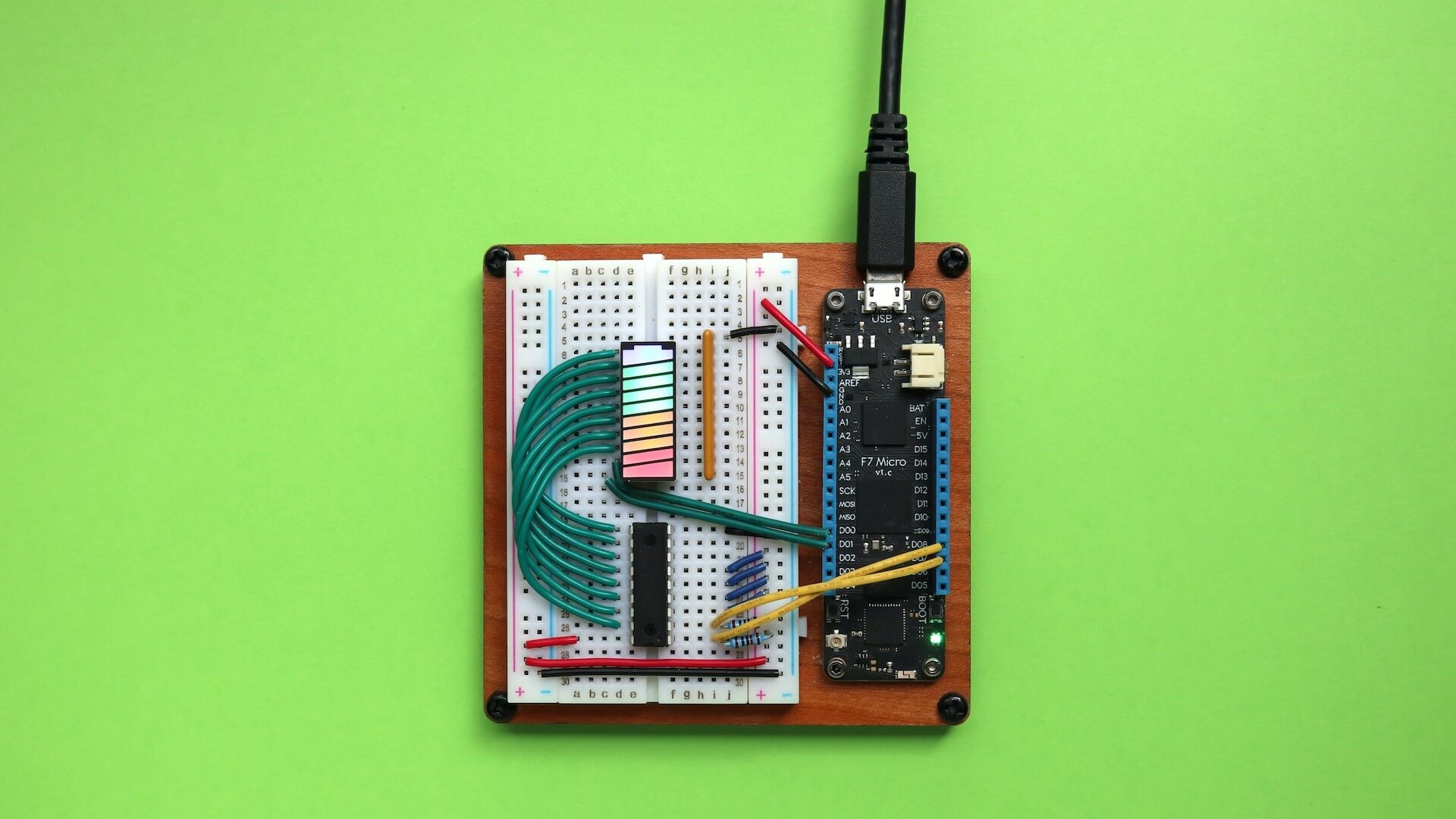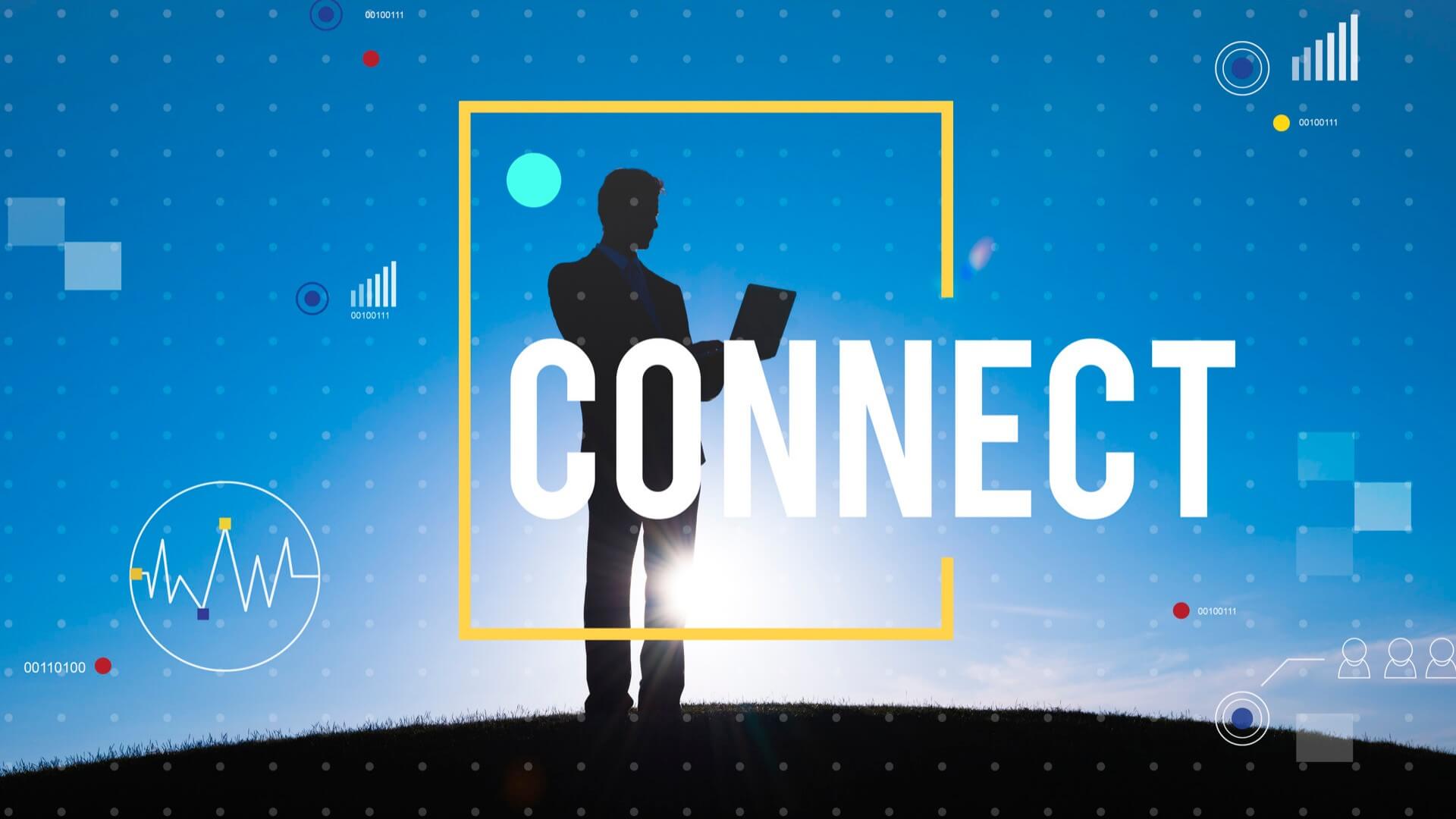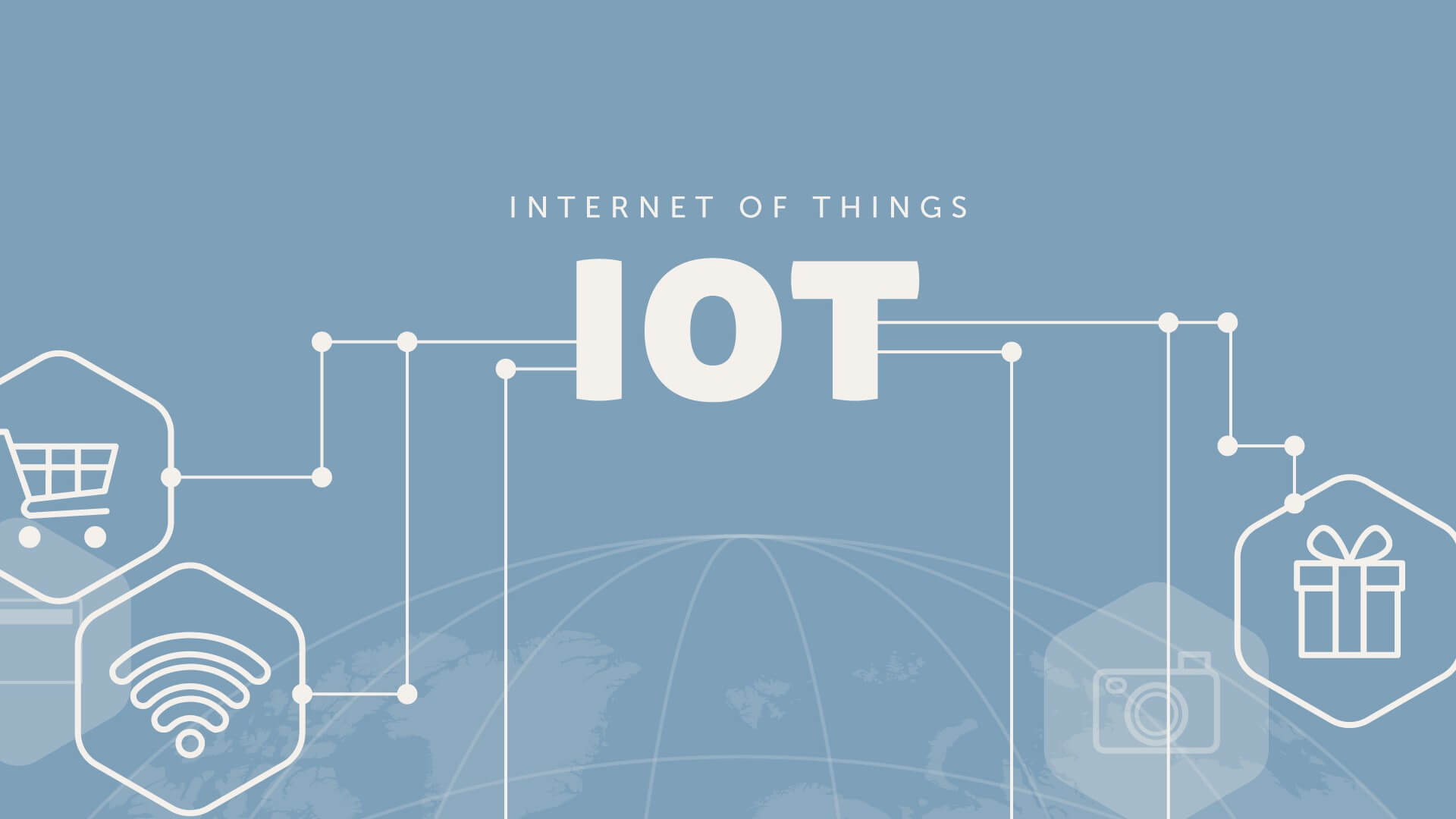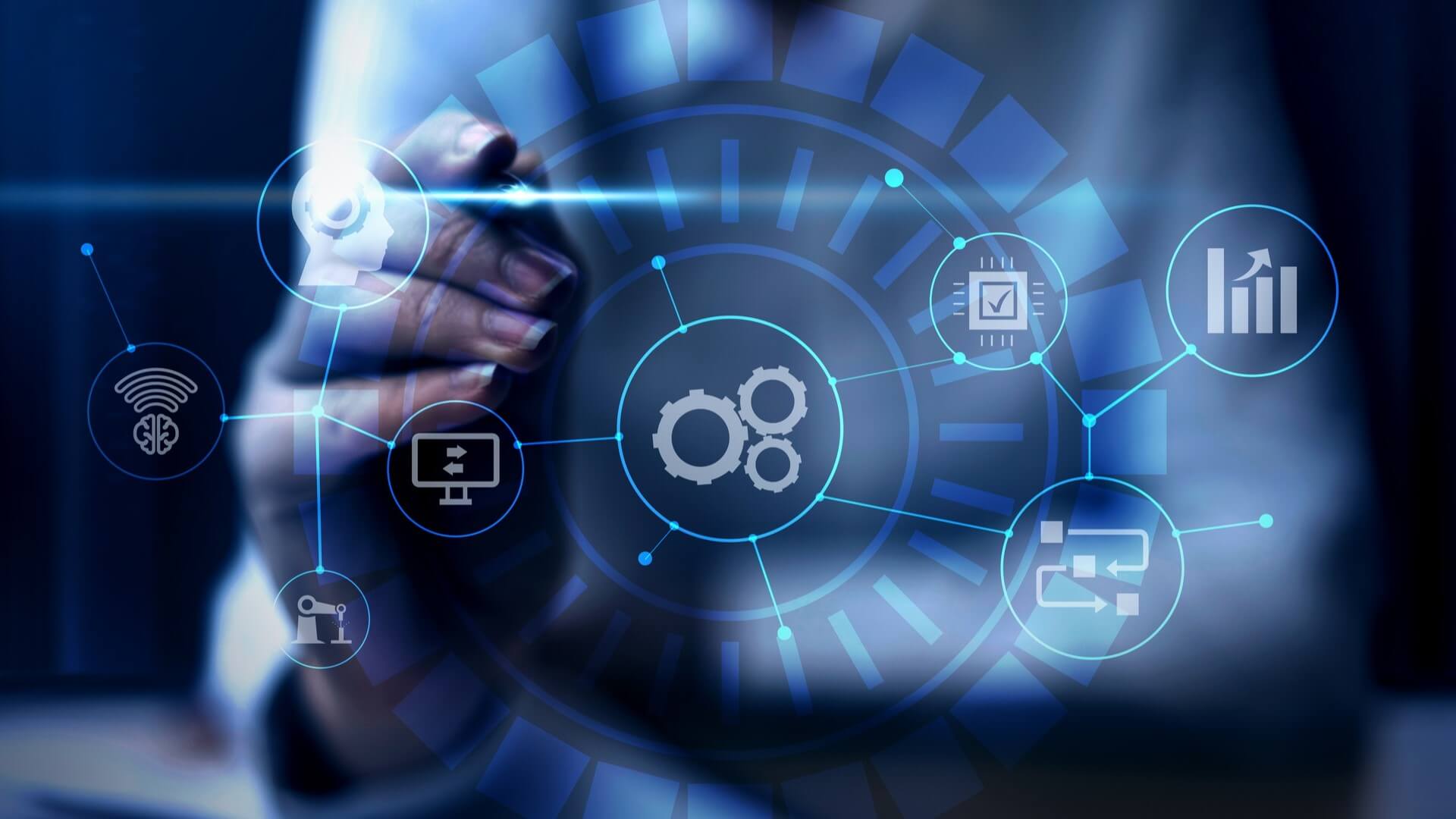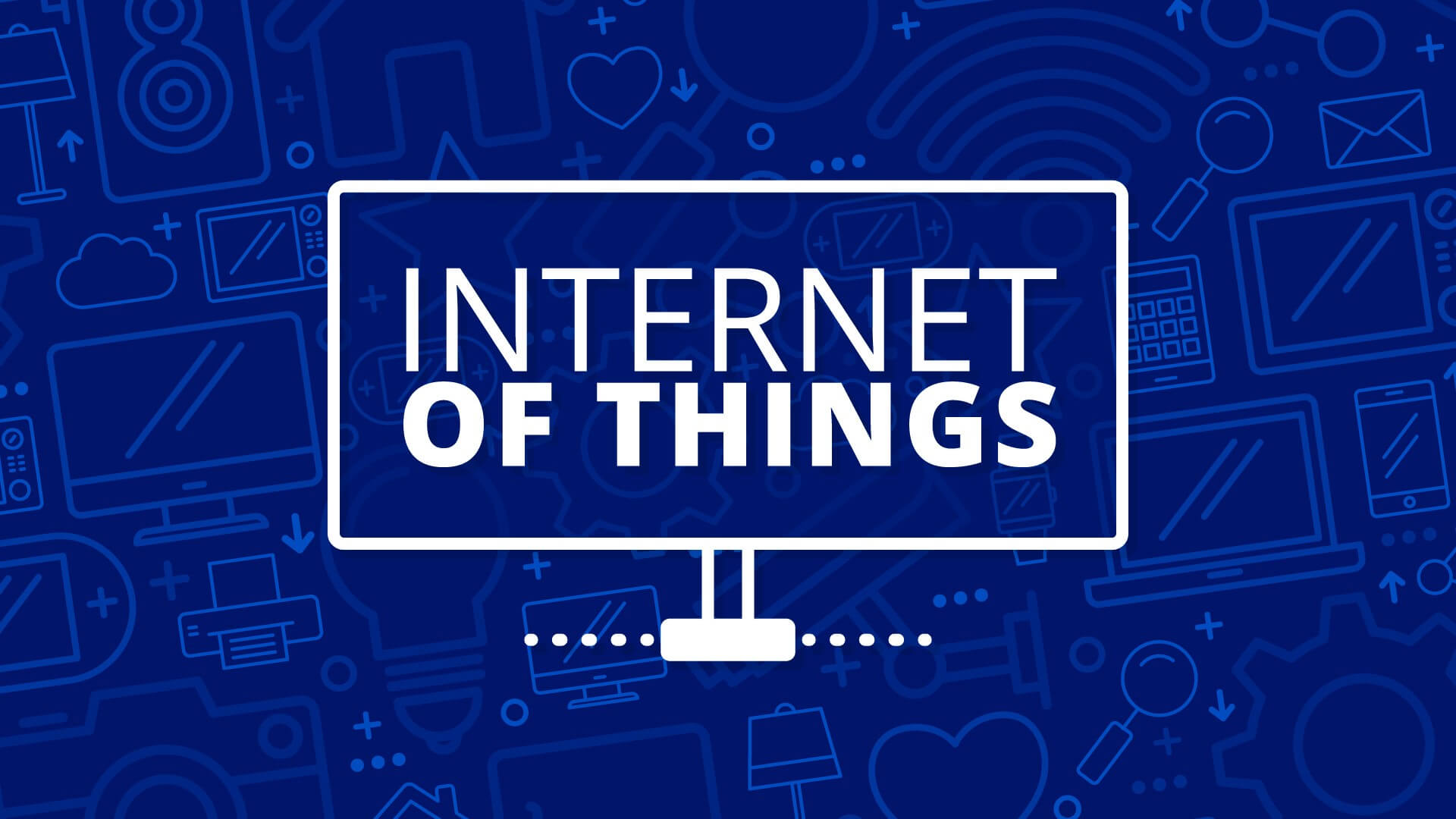The urgent need for data for enterprises that are reshaping their platforms for the digital age has spurred a proliferation of IoT implementations across multiple industries, including industrial manufacturing, agriculture and retail.
IoT
Introducing edge computing only makes sense for organizations looking to build robust, scalable and secure IoT solutions.
While we often think of the Internet of Things as having an important place in commercial and industrial settings, it is also being widely adopted in a variety of public institutions such as museums and galleries.
In August, Google Cloud said it would discontinue its core IoT services and give customers a month to migrate their IoT devices; these back-to-back announcements have forced people to think about the future of IoT in general.
IOT refers to a network of interconnected computing devices, machines, objects, animals and people that can share data with other devices and systems over the network.
With data increasing and moving everywhere, security is now becoming more and more important.
When planning to sell related products, one of the first things to consider is your Internet of Things business model. Let's discuss the most effective business model type of the Internet of Things, and which business model is suitable for you?
Seventy percent of respondents expect a return on their investment within one year, while for another 30 percent, a return on investment within six months is desired.
The Internet of Things (IOT) allows networked devices to share data and provides e-commerce operators with similar networking platforms. Therefore, using the system based on the Internet of Things, e-commerce enterprises can more easily collect data and trigger real-time operations or responses.
Sherwood's IT department has so far installed advanced IoT devices along the Las Vegas Strip, on a handful of adjacent streets, and at more than 150 intersections from the airport to Fremont Street.

